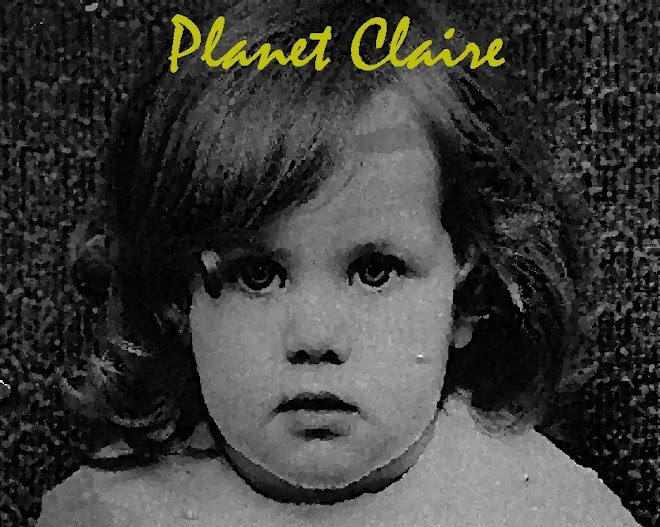Cholesterol is a waxy fat that gets into the blood, and is known as a lipid. Your liver produces most of the cholesterol your body needs, but it also comes from fatty foods like butter, cheese and animal fats.
The body needs cholesterol for a multiple of functions, including making hormones. Your body produces two types of cholesterol:
"BAD"
The proper name for this is LDL (Low Density Lipoprotein) - if there is too much of this, it will stick to your arteries. When this happens, the blood cannot flow through properly and less will get through to your brain and other vital organs. This leads to heart attacks, strokes, hypertension and other signs of heart disease.
"GOOD"
The proper name for this is HDL (High Density Lipoprotein) - this flows through the blood and tries to mop up excess LDLs. What it doesn't mop up is what sticks to your arteries, so the object is to limit your LDLs and encourage more HDL.
Naturally a blood test can determine your levels (measure in millimoles per litre, or, mmol/l). You can get them done in some pharmacies, but one done through your GP will be more thorough.
The British Heart Foundation recommends a target of 5mmol/l or less, and keeping your LDL level under 3mmol/l. HDL should be more than 1mmol/l. So:
Below 5.0mmol/l = Target (for most people)
5.0 - 6.4mmol/l = Mildly high
6.5 - 7.8mmol/l = Moderately high
7.9mmol/l or more = Very high
Other negative factors to that may raise your risk level:
Weight
Smoking
Stress
Genetics
Exercise
Hypertension
Diabetes
What Can You Do?
Diet and exercise, obviously, as they can help to lower cholesterol. You already know the bad guys - butter, red meat, pastry, cakes, biscuits, sweets, crisps, cream, ghee, full-fat cheese, lard, suet, dripping, coconut cream, palm oil, chips, etc.
Some food manufacturers now make foods that help to lower your LDL. But you could also avoid fried foods, trim the skin and visible fat from meat, drink alternatives to full-fat milk, choose low-fat foods where possible (but check the ingredients), choose foods high in fibre (like oatmeal, wheatmeal and wholegrains) - when choosing cereals, pasta or bread, choose oily fish (like tuna, herring, kippers, mackerel, pilchards, salmon, sardines, trout) twice a week. Try to eat at least 2 servings or fruit and 3 of vegetables daily.
Think about cooking differently, and consider grilling, microwaving, steaming or boiling before frying. If you need to fry something, try using non-stick as much as possible. try not to use fry sprays on these as they burn at a lower heat - but you can buy a spray bottle and fill that with unsaturated oils (such as olive oil).
As far as exercise, try to increase what you are doing, and aim for at least 30 minutes a day. This can be broken up into manageable chunks. Maybe walk a bit more, cycle, walk for one bus stop, get off the lift one floor earlier, etc.
It is important to say that if you are unfit to start with, to gradually build the exercise up - anything is better than nothing. Too vigorously or too much can be dangerous. All responsible people will tell you to seek advice from your GP first, and I'm not going to say any different.
If your GP thinks you are at high risk of heart disease, they will put you on medication called statins (although you should still watch your diet).

No comments:
Post a Comment